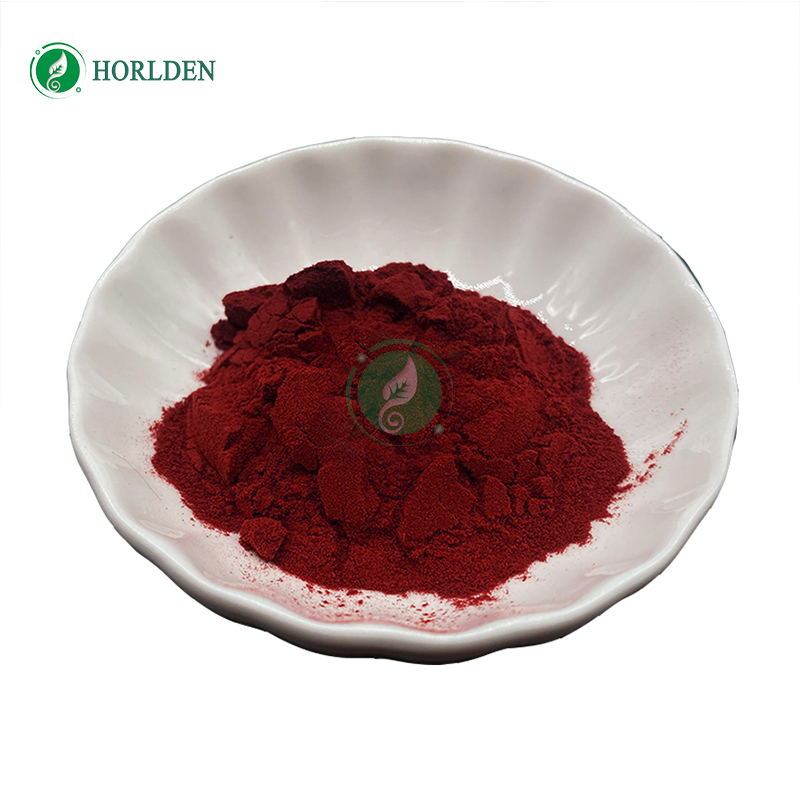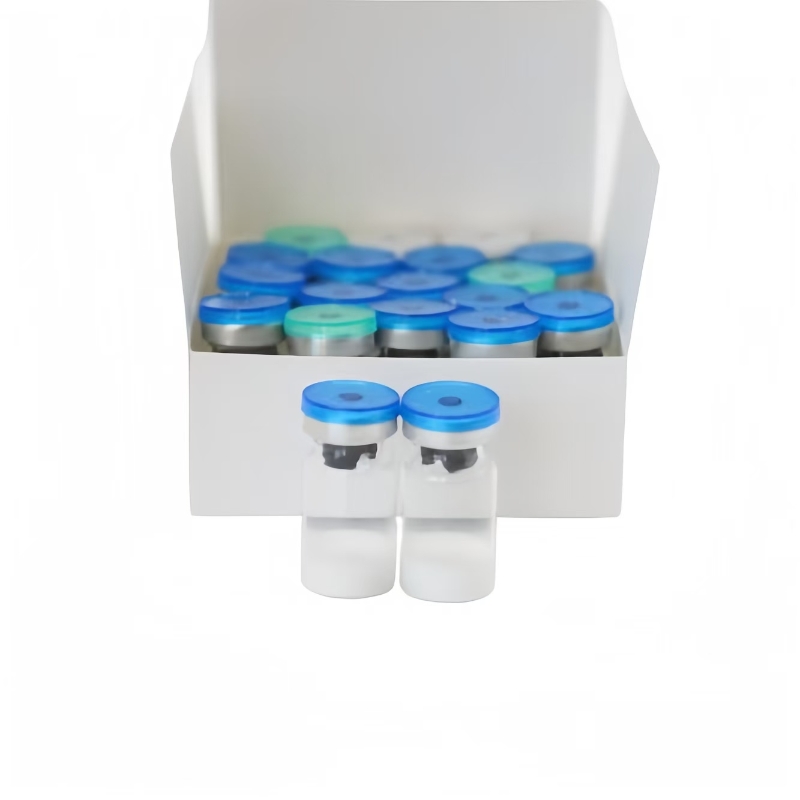-
Categories
-
Pharmaceutical Intermediates
-
Active Pharmaceutical Ingredients
-
Food Additives
- Industrial Coatings
- Agrochemicals
- Dyes and Pigments
- Surfactant
- Flavors and Fragrances
- Chemical Reagents
- Catalyst and Auxiliary
- Natural Products
- Inorganic Chemistry
-
Organic Chemistry
-
Biochemical Engineering
- Analytical Chemistry
-
Cosmetic Ingredient
- Water Treatment Chemical
-
Pharmaceutical Intermediates
Promotion
ECHEMI Mall
Wholesale
Weekly Price
Exhibition
News
-
Trade Service
Recently, GBI health released the 2017 new drug review summary report According to the report data, in 2017, the number of imported drugs approved reached 39, and the number of domestic class 1 new drug applications reached 174, the highest in 10 years The number of approved innovative drugs in China is about to enter the year of blowout Under the guidance of policies and measures such as deepening the reform of pharmaceutical and medical devices, implementing the priority review policy, and expanding the number of drug reviewers, China is ushering in the year of innovative drugs Recently, GBI Health issued the report of 2017 new drug review summary According to the report data, in 2017, the number of imported drugs approved reached 39, and the number of domestic class 1 new drug applications reached 174, the highest in nearly 10 years The number of approved innovative drugs in China is about to enter the year of blowout 1 at the end of January 2016, CDE began to implement the priority review system Since then, many innovative drugs of multinational pharmaceutical companies have entered the priority review process, and the speed of listing of imported drugs in China has been greatly improved According to GBI source data, 34 imported chemicals were registered in China for the first time in 2017, with the largest number in nearly a decade Among them, 23 products were approved through the priority approval process In terms of time, the average time interval between the approval of these 34 drugs in China and the first approval in the world is 5.3 years The fastest is tiresar, which is a drug of AstraZeneca in the treatment of non-small cell lung cancer, with an interval of only 1 year and 5 months What's more, Teresa took less than a month from being approved to going public, setting the fastest pace in history As we all know, due to various reasons such as the import drugs can only be submitted in China before entering the clinical phase II, the imperfect protection of domestic intellectual property rights, and the lack of approval personnel, the import drugs are slow to be listed in China, generally facing 5 years or longer One of the most representative examples is GlaxoSmithKline's cervical cancer vaccine, Hirsch, which took 10 years to be approved by CFDA after being approved internationally Approval only means half the way to the market After approval, it usually takes half a year to get the drug to the market This is enough to show the determination and effectiveness of CFDA's efforts to solve the historical problem of slow listing of imported drugs in China From the perspective of enterprise distribution, the major pharmaceutical giants basically have chemical drugs approved in 2017 The top three are Boehringer Ingelheim, Novartis, AstraZeneca and Johnson & Johnson The better news for these multinational pharmaceutical companies is that their products are included in the coverage of medical insurance in some regions after they are approved In December 2017, lucotinib and pezopanil of Novartis, ositinib of AstraZeneca, ibotinib of Johnson & Johnson, dalatavir / ashurevir of BMS and vimofinib of Roche were all included in the scope of serious illness medical insurance in Zhejiang Province Shakubatu / valsartan of Novartis and dalatawei / ashuribe of BMS were also included in the category B Medical Insurance catalogue of Jilin Province in January 2018 Teresa is also covered in some regions early in the product life cycle "This is something that could not have happened five years ago," AstraZeneca CEO soriot said in a conference call in the fourth quarter of 2017 Compared with chemical drugs, biopharmaceutics started late The main Biopharmaceutics in China market are imported drugs GBI source data shows that from 2008 to 2016, a total of 20 imported biopharmaceuticals were approved for marketing in China In 2017, five imported biopharmaceuticals were approved for the first time in China, and the number also reached the highest value in the past decade In terms of time, in addition to the three-year time interval between the domestic and foreign markets of Novo Nordisk's diabetes drug degu insulin, the other four drugs in China are more than eight years behind the foreign markets In particular, Novartis asthma drug omazumab was first launched in Australia in 2002 and approved in China in August 2017, 15 years apart How to improve the listing process of bio innovative drugs in China is still an urgent problem 2 The number of domestic class 1 innovative drugs declared is the most in 10 years Most of the pharmaceutical enterprises in China are mainly generic drugs, and few enterprises have the real R & D capability of innovative drugs According to GBI source data, in the ten years from 2008 to 2017, there were only more than ten approved class 1.1 chemicals and class 1 biological drugs (registered and classified in 2007) Under the encouragement of a series of new drug R & D policies, China's innovative drug R & D capacity has made great progress This can be confirmed by the number of class 1 innovative drugs declared by domestic enterprises in recent years According to GBI source data, in the past five years, the molecular number of domestic 1.1 chemicals in CDE's hands has shown an upward trend except for a decrease in 2016 In 2017, the number of applications was 112, including clinical applications and listing applications, reaching the highest level in ten years The number of biological drugs declared was 62, more than twice that of 2016 In 2017, the recombinant Ebola virus vaccine jointly developed by the Chinese Academy of Military Medical Sciences and Tianjin kangxinuo biological Co., Ltd was approved, which is a new preventive biological class 1 drug 3 Innovation blowout In October 2017, CFDA issued the decision on adjusting the registration and management of imported drugs, cancelled a series of barriers hindering the listing process of imported drugs in China, allowed imported drugs (excluding biological products for prevention) to carry out phase I clinical trials in China and abroad simultaneously, and cancelled the previous "three reporting and three batches" process and As for the requirements for the listing of some imported drugs abroad, it is allowed to directly apply for the registration of import listing in China These policies and measures will undoubtedly further speed up the listing of imported drugs in China
In addition, in order to solve the shortage of clinically urgently needed drugs, CFDA issued the technical guidelines for conditional approval of clinically urgently needed drugs (Draft for comments) at the end of December 2017 CFDA proposed to allow overseas approved drugs for treatment of rare diseases, early or mid-term clinical trial data showing obvious treatment advantages to be approved for listing in China, which is favorable for pharmaceutical enterprises No doubt it's great good news In 2017, several products have enjoyed the preferential policies The recombinant Ebola virus vaccine mentioned above is approved for marketing through conditions Pyrrolidine maleate, a breast cancer treatment drug of Hengrui, and Xinda bio's PD-1 mAb Xindi mAb are all based on phase II clinical trial data to submit new drug listing application to CFDA
In addition, the opinions on deepening the reform of the examination and approval system and encouraging the innovation of pharmaceutical medical devices also put forward that we should explore the establishment of a link system between the examination and approval of drugs and drug patents, and carry out the pilot of the compensation system for the duration of drug patents; improve the dynamic adjustment mechanism of the medical insurance catalogue, establish the negotiation mechanism for the payment standard of medical insurance, and timely include new drugs in the payment scope of basic medical insurance according to the regulations And so on These policies and measures will further encourage pharmaceutical companies' enthusiasm for new drug research and development, and accelerate the speed of the listing of innovative drugs in China In the next few years, the number of innovative drugs approved annually in China will show the trend of blowout By the end of January 2018, 20 imported innovative drugs and 8 domestic innovative drugs had submitted applications for initial listing in China, most of which had been included in the priority review and special review processes Among these 28 innovative drugs, there is no lack of blockbuster drugs







